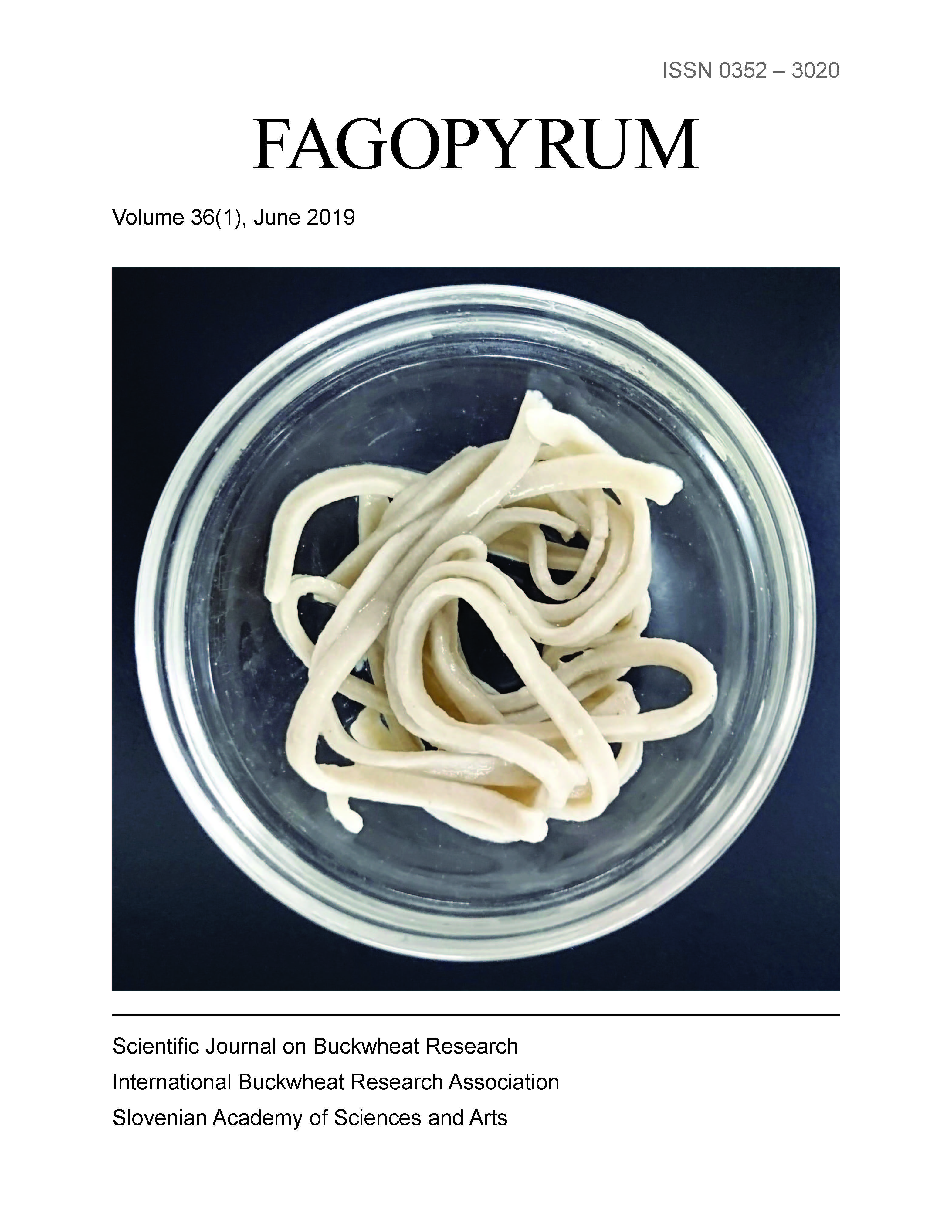Mechanical characterization of buckwheat noodles mixed with seaweed (fu-nori)
DOI:
https://doi.org/10.3986/fag0006Abstract
The present study was conducted to clarify the effect of incorporation of seaweed, i.e.funori (Gloiopeltis tenax(Turner)J. Agardh) into buckwheat noodles on their mechanical characteristics. Mechanical analysis of buckwheat noodles withfunori showed that incorporation of funori into buckwheat noodles enhanced breaking stress and energy. On the otherhand, incorporation of funori into buckwheat noodles enhanced decreased solubility of the albumin plus globulin fraction. The present study findings suggest that the endogenous protein may be an important factor responsible for themechanical characteristics of buckwheat noodles with seaweed.
Received: December 5, 2018; accepted: January 30, 2019
Keywords: common buckwheat, mechanical characteristics, noodles, seaweed

